Most Common Types of Barbells You Will See in Gym
Author:
Unlock your full potential by engaging with our experts and community! Have questions about your fitness journey or looking for expert advice on weightlifting techniques? Don’t hesitate — leave a comment below and Ihor Shymechko will provide a personalized answer and insights to help you reach your goals.
Torokhtiy is reader-supported. Some links are affiliate links, and we may earn a commission at no extra cost to you. See our disclosure page for details.
Whether you’re using a commercial gym or home gym set up to train, barbell exercises should be included as part of your program. They offer a range of versatile uses, are constructed from durable materials, and offer a range of features depending on the different types of barbells.
Different types of barbells can be used to build muscular strength and endurance, improve general fitness, and increase power and function. They are used in general training and high-level competitions for Olympic lifting, powerlifting, and fitness competitions.
With so many different barbell types existing, I’ve looked at the main ones, including their uses and what features make them different. I hope this guide helps you make the right choice!
Types of Barbells: Barbells differ in shape, dimensions, construction quality, and added features, which determines the most suitable use. Multiple types of barbells exist, which also differ in quality and appearance according to the brand.
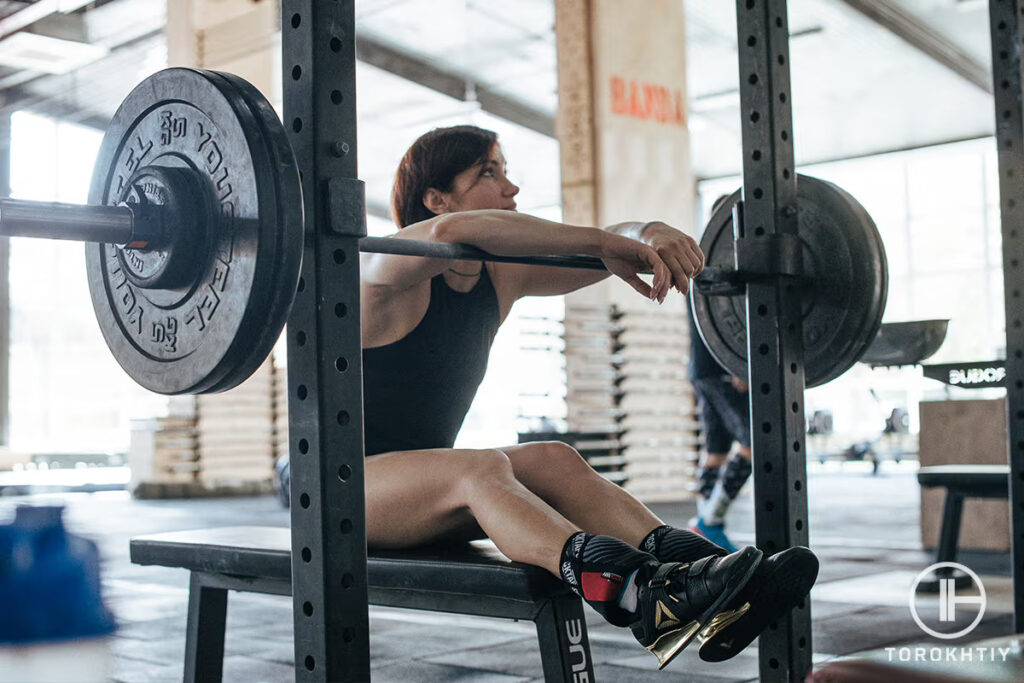
Main Types of Barbells
Several types of weight bars exist which differ in construction, shape, features, and finish. You’ll find several of these types of bars at the gym:
- Traditional Bar
- Curl Bar
- Duffalo Barbell
- Swiss Barbell
- Power Bar
- Safety Squat Bars
- Cambered Bar
- Weightlifting Bar
- Trap Bar
1. Traditional Bar
Traditional barbells are the bars you’ll find in most normal commercial gyms or recreational-level home gym setups.
Standard barbells have 1″ fixed sleeve diameters that accommodate 1″ weight plates and 25 mm shaft diameters with normal knurling patterns. They measure between 5-7 ft and are made from cast iron or stainless steel for higher-end models. They are thinner and use less metal than other bars, meaning they can’t handle as much weight capacity.
Average barbells can handle 200-300 lbs, whilst more premium models can handle 500+ lbs. The larger the weight capacity, the higher the cost of the barbell.
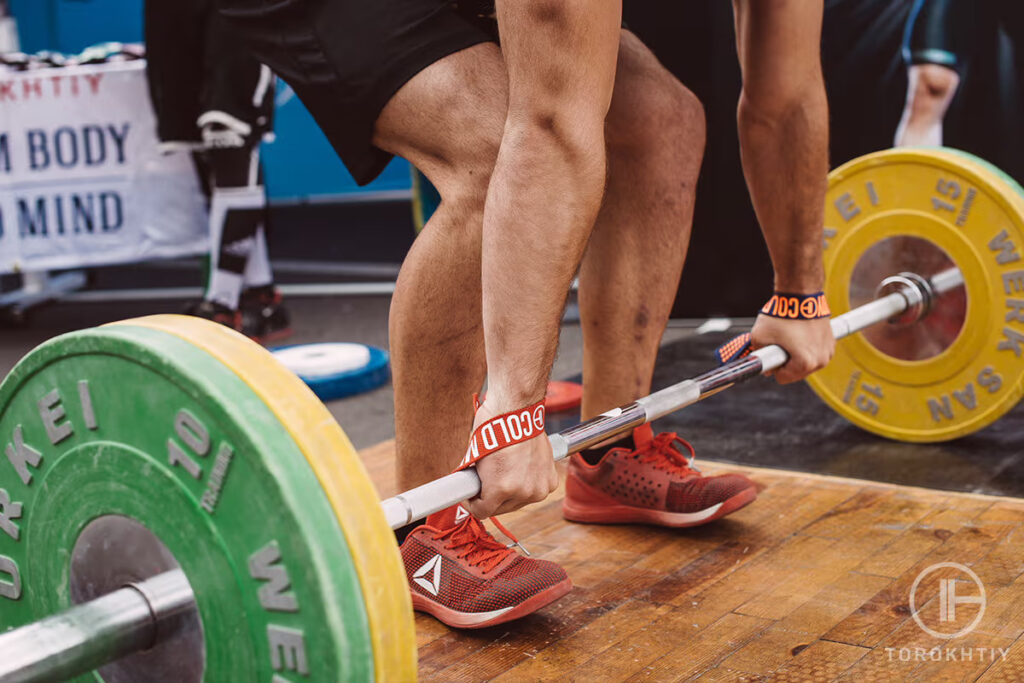
Traditional Bar We Recommend
Synergee has designed a great-looking barbell that’s made from alloy steel and finished with a cerakote coating.
They offer two different bar choices, with both bars having a tensile strength rating of 190,000 PSI and able to handle up to 1500 lbs of weight. Both bars have standard dual mark knurling and needle bearings on the sleeves.
The 15 kg (33 lbs) bar choice measures 79″ L x 4″ W x 4″ H, has a 52″ shaft length and 25 mm grip size. It comes in pink, black, or red.
The 20 kg (44 lbs) red-colored bar measures 86.7″ L x 4″ W x 4″ H, has a 52″ shaft length, and 28 mm grip size.
2. Curl Bar
Curl bars, also known as EZ bars, are mainly designed for curling motions, but can also be used for a range of accessory movements that use the arms such as bicep curls and skull crushers. The unique curved bar shape allows you to grip the bar whilst alleviating pressure on your wrist and elbow joints. This, in turn, helps you to focus on the movement more and squeeze the working muscle at the top of the movement.
Curl bars offer multiple grip options, allowing you to target specific areas. Compared to other barbells, EZ curl bars use less metal, but can be more costly to manufacture due to the unique grip shape. They can be purchased as rackable and non-rackable versions, which change the suitable use.
Curl bars weigh approximately 20-35 lbs, have a shaft diameter of 28 mm or above, and have low to moderate knurling.
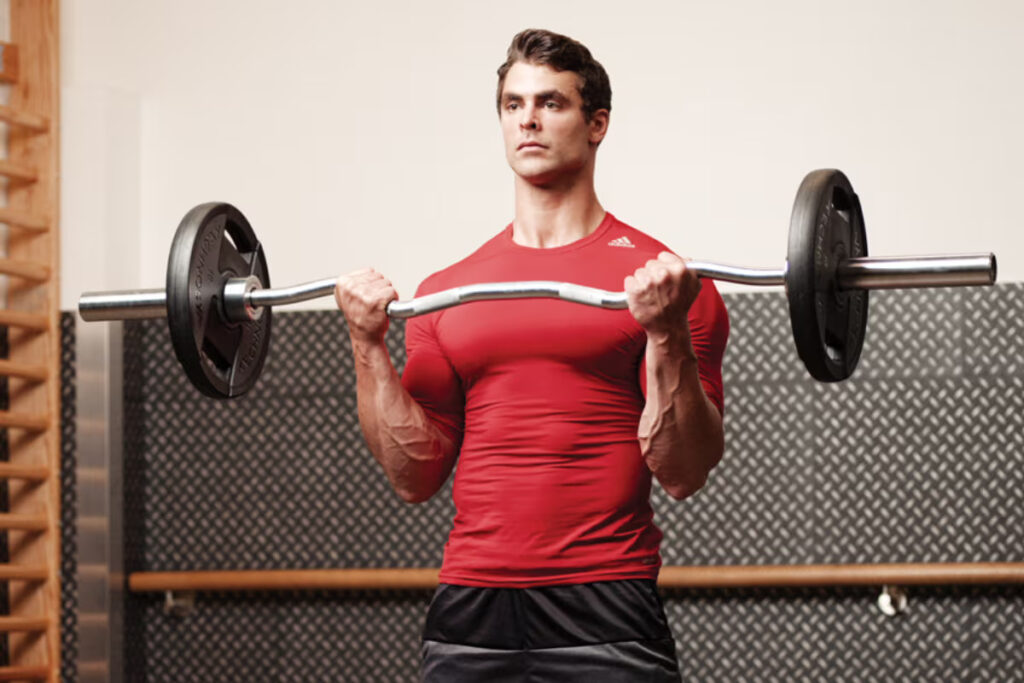
Curl Bar We Recommend
When looking at different types of curling bars, the commercial EZ bar from Synergee is our recommended curl bar choice. It’s made from alloy steel, weighs 19 lbs, and has a weight capacity of 450 lbs.
Measuring 47.3″L x 3″ W x 3″ H, each of the four bar finishes has a grip diameter of 28 mm. Each bar features knurling throughout the full length of the curved shaft that measures 6.25″. The four finishes include black phosphate, phosphate + chrome, chrome, and red cerakote.
3. Duffalo Barbell
Developed by Kabuki Strength and powerlifter Chris Duffin, the duffalo barbell is similar to a standard barbell, with one main visible difference. It’s curved across the shaft, allowing you to utilize a larger range of motion in the bench press as your arms go deeper before the bar touches your chest.
Alongside the bench press, the duffalo bar helps lifters keep a more comfortable grip when squatting. A common squat issue is the lifters struggling to maintain the correct shoulder and wrist position in the low bar squat, with the curved bar shape helping to mitigate this.
The curved bar shape also helps to reduce shoulder, back, and bicep stress during pressing movements. Duffalo bars weigh approximately 55 lbs, have a shaft diameter of 30-38 mm, and moderate to aggressive knurling.
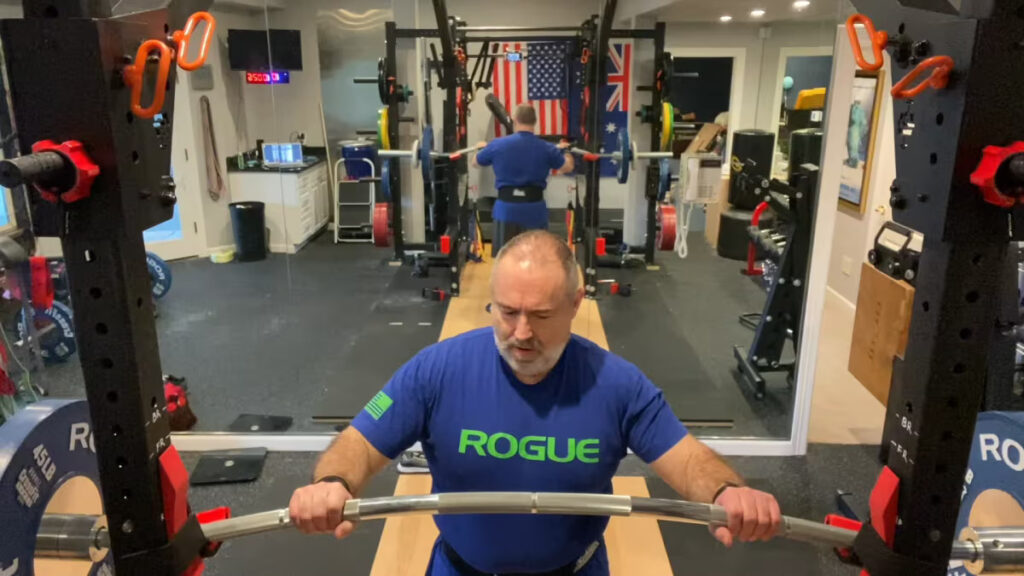
Duffalo Bar We Recommend
The Kabuki Strength Duffalo Barbell is made from heat treated and cold-worked alloy steel with a 195,000 KSI tensile strength. It weighs 55 lbs and can handle a big weight capacity of 1500 lbs.
The total bar length measures 96″, with 17.25″ loadable sleeve lengths at each side with oil bronze bushings. The 32 mm diameter shaft features aggressive knurling at the main contact points to help maintain a strong grip.
Kabuki Strength offers three finish options which are clear zinc, black oxide, and electroless nickel. An extension point has been built into the collars, allowing you to attach a band and chain if you need.
4. Swiss Barbell
The swiss barbell, also known as the multi-grip bar, are frame bars that contain multiple handles at different widths and angles. This provides you with lots of exercise and comfort options when lifting. Instead of one long shaft, the series of handle attachments are perpendicular to the shaft itself.
Whilst not in every gym, swiss barbells are more commonly seen than other bar types. The unique positions offered by the swiss bar allow you to use the bar even with shoulder mobility or wrist and elbow pain issues. Depending on your training goals, you’re able to change the grip within seconds to provide a different workout stimulus.
Due to the different grips offered, swiss bars can be used for a large range of exercise choices, which I’ll go into in the next section. Swiss barbells weigh 45-75 lbs, have a shaft diameter of 30 mm or above, and don’t usually have knurling.
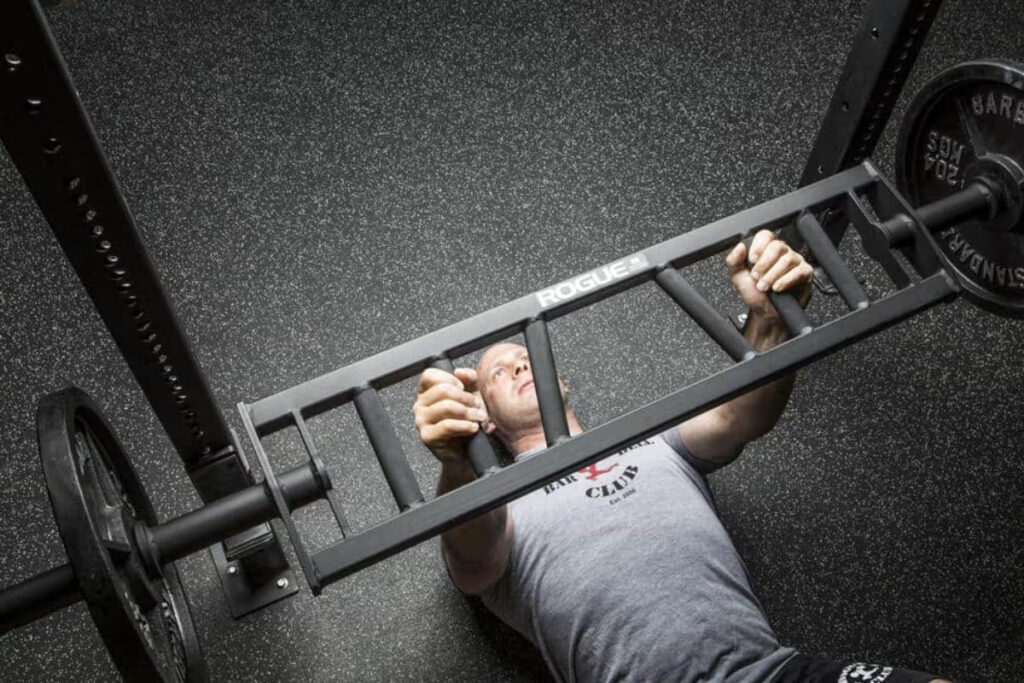
Swiss Bar We Recommend
The Rogue MG-3 Multi Grip Bar is a heavy-duty Swiss bar built for serious lifting. It’s the hybrid version of Rogues MG-1 and MG-2 bars. It’s constructed from alloy steel, weighs 43 lbs, and is finished with a black powder-coating.
It features a set of interior angled handles, and two sets of vertical neutral grip handles that extend across the 52″ grip length. The handles are spaced at 10″, 20″, and 28.5″ apart, allowing you to pick a grip based on your exercise choice and preference.
Either side has 14″ loadable sleeves that are compatible with both standard and Olympic plates. The Rogue MG-3 Multi-grip Bar can be racked on standard power racks to allow ease of use. The whole bar is 82″ long and has a 31.75 mm diameter.
5. Power Bar
Powerlifting barbells are designed especially for big, compound lifting that’s usually done on a platform. Power bars commonly have 28.5-29 mm shaft diameters, meaning they are a lot thicker compared to traditional or Olympic barbells.
With the increased thickness comes increased durability and strength. Weight lifting bar types can handle a much bigger weight capacity compared to other bar types.
In terms of knurling, power bars feature moderate to aggressive patterns, with volcanic and mountainous textures mostly used. Pretty much all power bars have center knurling and use sleeve bushings to accommodate the linear movement pattern of the bench, squat, and deadlift.
Power bars are rigid and have little to no flex to them compared to other bars such as Olympic barbells that offer much more flex for dynamic movements such as cleans and snatches.
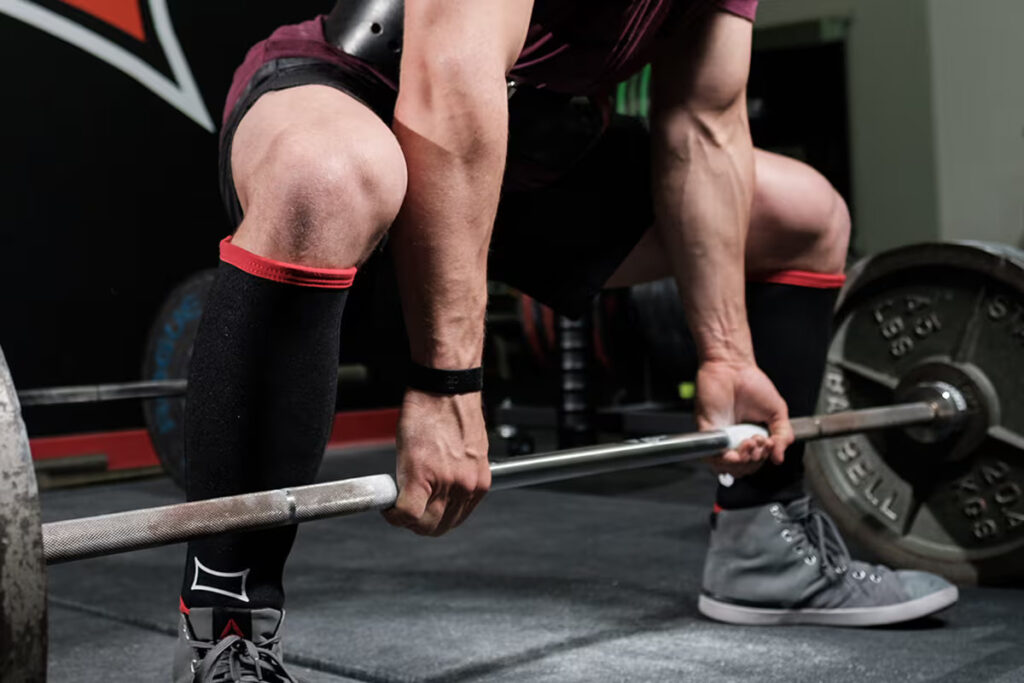
Power Bar We Recommend
The Rogue Fitness Ohio Power Bar is our recommended powerlifting bar choice. Made in the USA, the 29 mm stainless steel shaft has been tested to 205,000 PSI, delivering excellent durability and zero flex. The shaft features an aggressive knurling pattern that’s been well-tested by Rogue to ensure it provides a firm grip, but doesn’t rip the skin on contact.
The Ohio Power Bar measures 86.5″ long, with 16.25″ loadable sleeves that are finished with bronze bushings. Rogue offers three choices of finish in stainless steel, black zinc, and bare steel. The stainless steel version also has a version with black sleeves.
6. Safety Squat Bars
Safety Squat Bars are some of the most common and most popular specialty bars used for lifting or as part of a functional sports program. Like Duffalo bars, safety bars have a unique shape that provides the user with more comfort when lifting.
A safety bar has a padded section that extends away from the main barbell, known as a yoke. It extends over your shoulders, allowing you to maintain a neutral arm position by using the handles in front of you. A safety bar has several benefits including increased comfort, more exercise choices for athletes with injuries or mobility issues, and a more neutral lifting position.
The cambered sleeve design pitches you forward slightly, making safety squats great for upper back and quad development. Safety bars weigh about 45-65 lbs, have fixed sleeves, and don’t feature any type of knurling on the shaft.
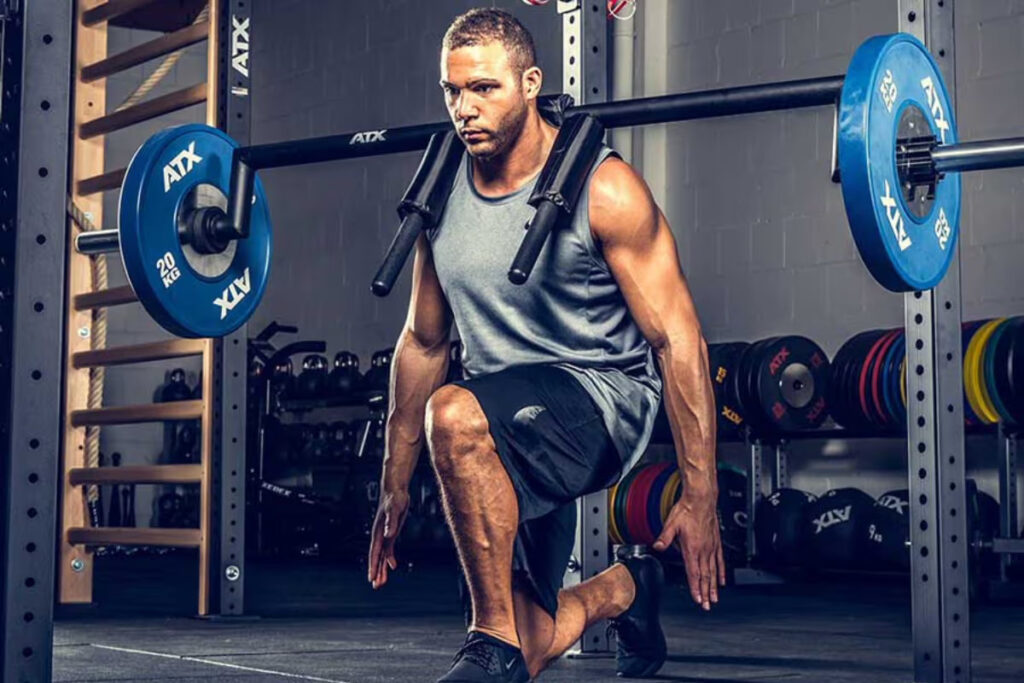
Safety Squat Bar We Recommend
The SB-1 Safety Squat Bar from Rogue Fitness is an excellent bar option if you’re into safety squats or other suitable movements. It weighs 70 lbs, features a solid steel shaft, and 1″ diameter solid steel handles. The middle of the bar has heavy-duty vinyl and closed-cell foam pads, with the whole unit tested at 1000 lbs.
The SB-1 is 93″ in length and 21″ wide from the barbell to the end of the handles. The foam upholstery is finished with a protective urethane coating in black. Each end of the bar shaft has machined Olympic Sleeves, compatible with standard and Olympic plates. The middle of the foam pad has the Rogue branding in white.
7. Cambered Bar
Cambered bars feature a striking design, with a dropped sleeve design that allows the plates to hang halfway down your body. They come in a few varieties which include cambered bench bars, cambered squat bars, and cambered multi-grip bars.
Due to the pronounced sleeve drop compared to where you hold the bar, the cambered bar creates more instability, which requires more core strength and stability. Cambered bars are excellent for building posterior strength, leg muscles, and great core strength.
The cambered bench bar makes you keep a tighter body position throughout the press, also increasing difficulty. Cambered bars also increase the range of motion, which also depends on the brand of bar you’re using. They weigh 45-85 lbs, have a shaft diameter of 28-38 mm, and either no or moderate knurling throughout the shaft.
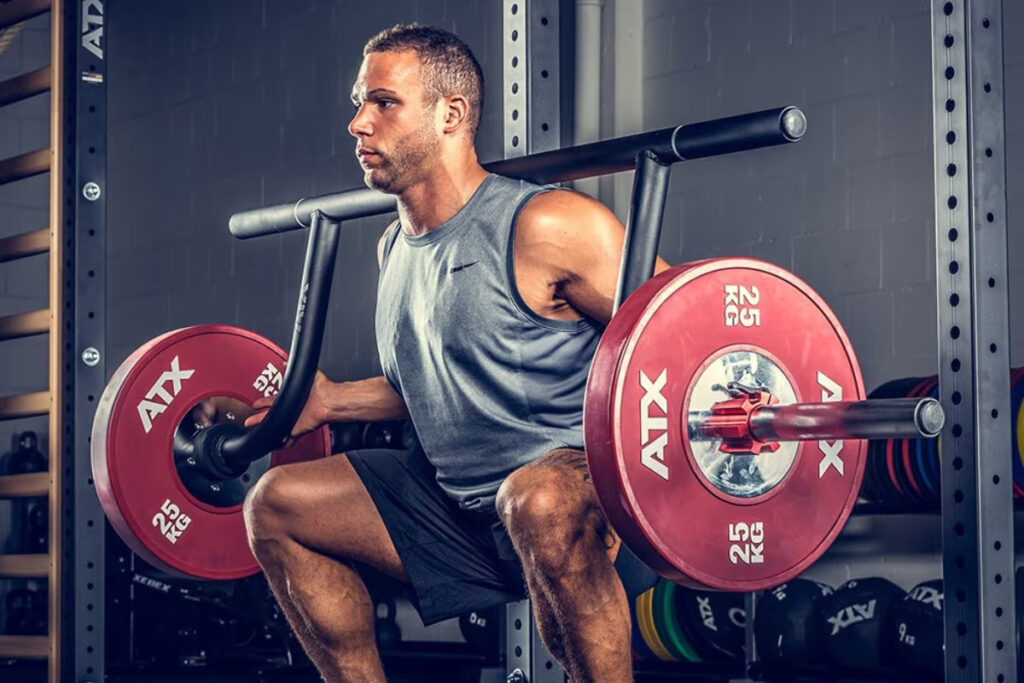
Cambered Bar We Recommend
The CB-1 Rogue Camber Bar is a high-quality, specialty bar that’s great for providing an extra workout challenge or getting past sticking points. It weighs 85 lbs and features a 1.5″ solid steel shaft that’s been tested up to 1000 lbs. The bar has a fully-welded design with machined Olympic sleeves at each end. It’s 88″ long, with a total width of 18″ when taking the sleeve drops into account. It features a black powder-coated finish, with the white Rogue branding in the middle.
8. Weightlifting Bar
Weightlifting bars, also known as Olympic barbells, are mostly designed according to or close to IWF and IPF specifications. Some Olympic bars are uncertified but close to the stated specification, whilst others are suitable for competition use.
Compared to traditional barbells, Olympic weightlifting bars are made from stainless steel, meaning they have a larger weight capacity. The 2″ rotating sleeves are specially designed for Olympic plates, with bearings or bushings used or a combination of both. High-quality Olympic competition bars will almost always use needle bearings, allowing for a faster and more predictable spin pattern.
They feature a smaller 28 mm shaft diameter to allow for increased whip, with moderate to aggressive knurling depending on the type of Olympic bar and specific brand. Training bars will usually have more moderate knurling, whilst competition bars will be more aggressive. Olympic weightlifting bars are 15 kg (33 lbs) for women’s and 20 kg (44 lbs) for men’s bars. Women’s bars also have slightly smaller shaft diameters to accommodate their smaller hand sizes.
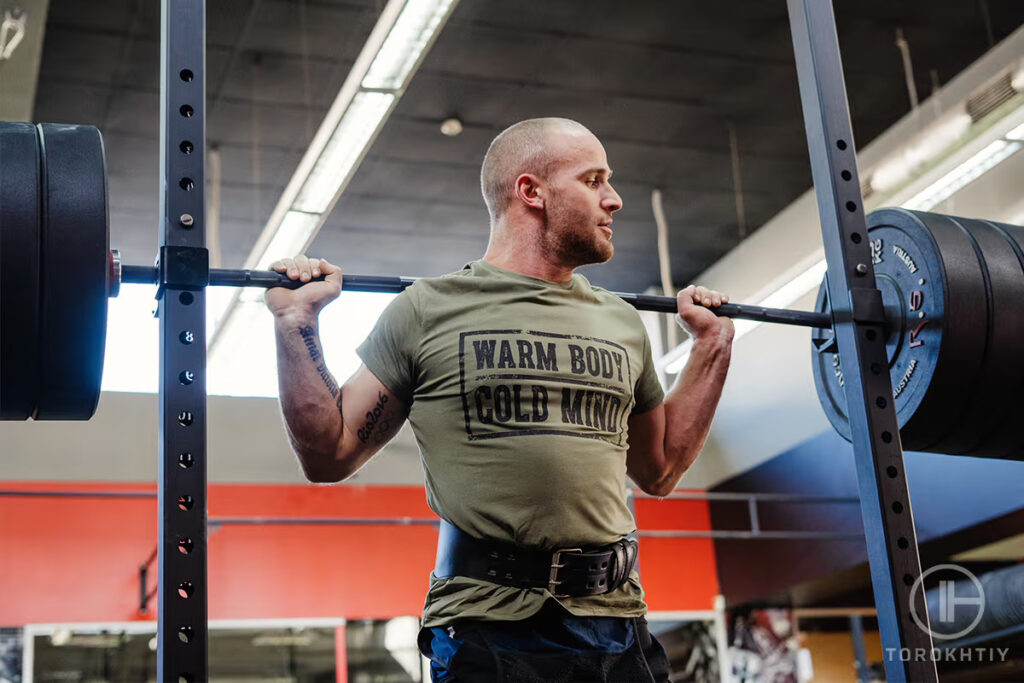
Weightlifting Bar We Recommend
The Rogue Fitness Pyrros Bar is a stainless steel weightlifting bar that’s certified by the International Weightlifting Federation (IWF). It combines 200,000 PSI tensile strength shafts with stainless steel / chrome-plates sleeves that use high-quality needle bearings.
The bar was co-designed by Rogue, working with 3-time Olympic gold medalist Pyrros Dimas. It features a unique knurl texture throughout the 28 mm shaft that was chosen by two USA weightlifting team members.
Overall, the bar measures 86.6″ long, with 16.3″ loadable sleeve lengths. It has a single Olympic knurl, and the shaft is coated in a bright zinc finish. The sleeves can be finished in chrome or stainless steel for an extra cost. The middle of the shaft has the IWF logo in blue alongside Pyrros on the sleeve ends.
9. Trap Bar
Whilst not as common, trap bars are still used in most commercial and club gyms around the world. They are also called hex bars and offer a decent range of versatile uses in the gym.
Due to the unique hexagon style frame built into the middle of the barbell shaft, it places load more centrally. This takes the stress off the lunar spine region and allows a safer and more comfortable lifting experience if you commonly have lower back issues.
With the neutral handles, you’re able to pick the bar up and perform loaded carries without it getting in the way. This makes the trap bar suitable for both general back-friendly lifting and as part of a circuit alongside stationary exercises.
Some hex bars also offer low and high handle choices, allowing you to work around an injury as you don’t need to bend down too low to the floor. Some trap bars are rackable and can also be used for shrugs, rack pulls, or overhead pressing if in a rack.
Trap bars weigh between 45-75 lbs, have a shaft diameter of 28+ mm, and feature moderate knurling.
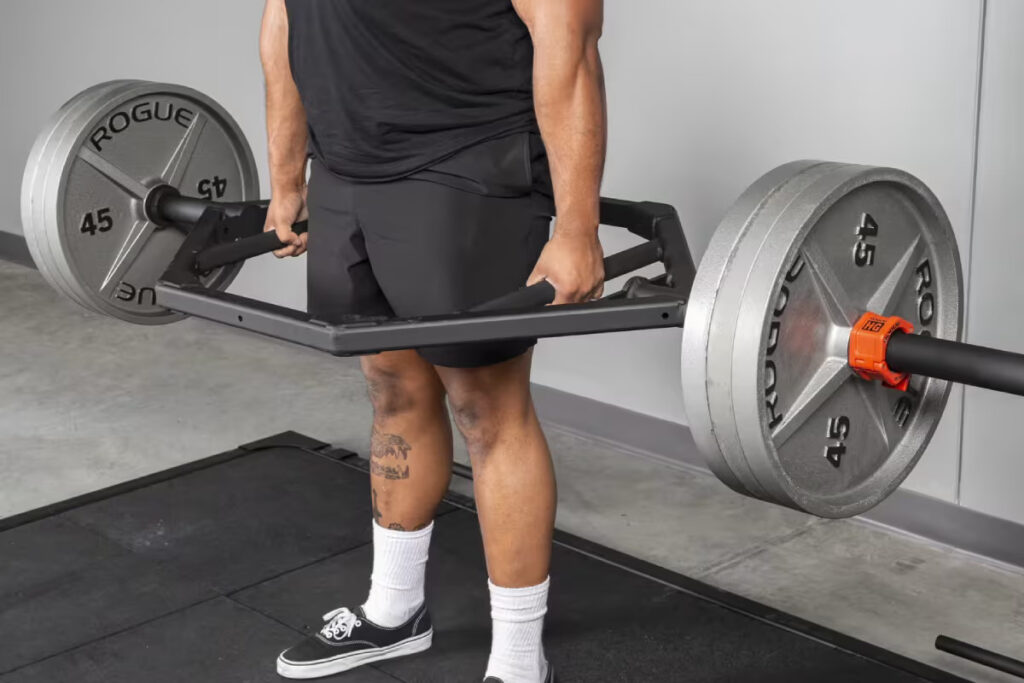
Does the Type of Barbell You Use Matter?
With the different types of gym bars discussed above, I’m going to talk about the suitable uses for the different types of bars for lifting and why the type of barbell you use matters.
Different types of barbells are designed specifically to make certain lifts easier or more challenging, depending on your workout goals. Therefore, it’s important to choose the correct bar when lifting.
Traditional bars are designed for normal gym lifts such as bench presses , squats, deadlifts, and rows. If you’re a beginner to intermediate lifter who isn’t planning to compete, it’s likely that a standard bar is enough for what you need.
Olympic weightlifting bars have a larger weight capacity and offer much more flex compared to standard bars. This makes them more suited to higher-level or competition lifters looking for increased whip in dynamic lifts such as the snatch and clean and jerk.
With the unique curl bar handle offering multiple grip-friendly points, they are well-suited for accessory-type movements that place the wrist and hand joints in an unnatural position, such as bicep curls, skull crushers, and upright rows.
Duffalo bars are great for lifters who suffer from shoulder mobility issues on the squat and bench press, with the unique arched bar providing a more friendly movement pattern.
Swiss bars, or multi-grip bars, provide a great barbell option for multiple accessory exercises due to the different handles. They are most suited for close-grip chest pressing, hammer curls, close-grip tricep extensions, and some overhead pressing exercises.
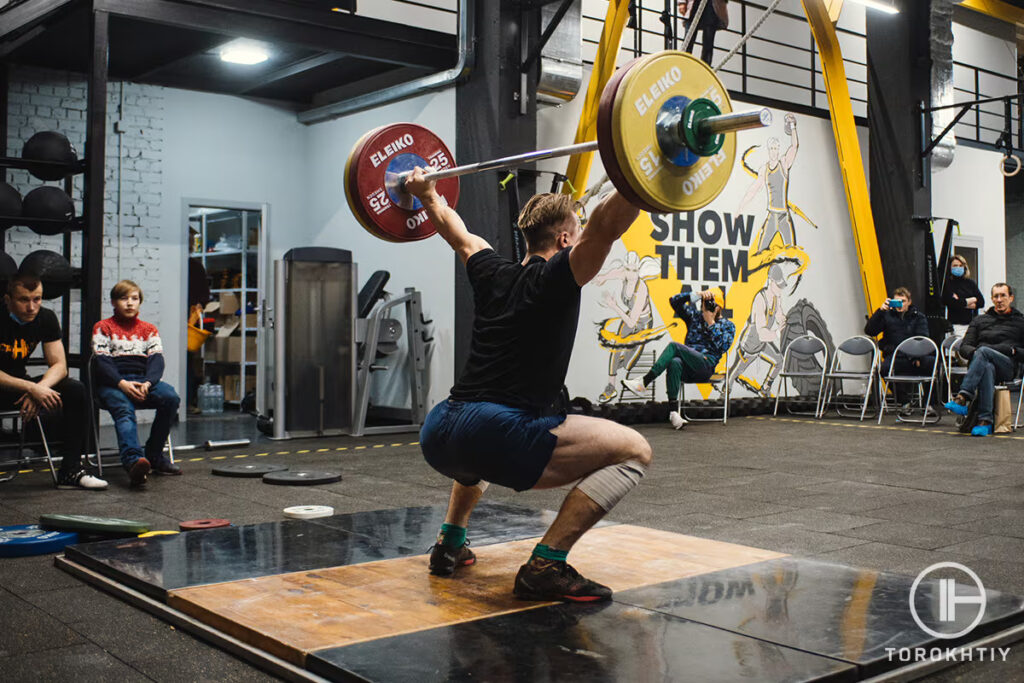
Power bars are most suited to compound, heavy-duty powerlifting movements. With the thicker shafts, the lower flex makes them ideal for squats, deadlifts, and bench pressing where you’re looking to max out.
Safety squat bars provide great options for lifters with lower back issues and shoulder / wrist mobility problems. They offer a range of versatile uses including for squats, good mornings, and lunges.
Due to the pronounced sleeve drop design, cambered bars are great for squats and bench presses if you’re looking to develop core strength or increase your range of motion.
As you can see above, the type of bar you use is important from beginner to elite level, and can have a huge impact on the muscles worked, amount of muscle breakdown, and movement pattern used.
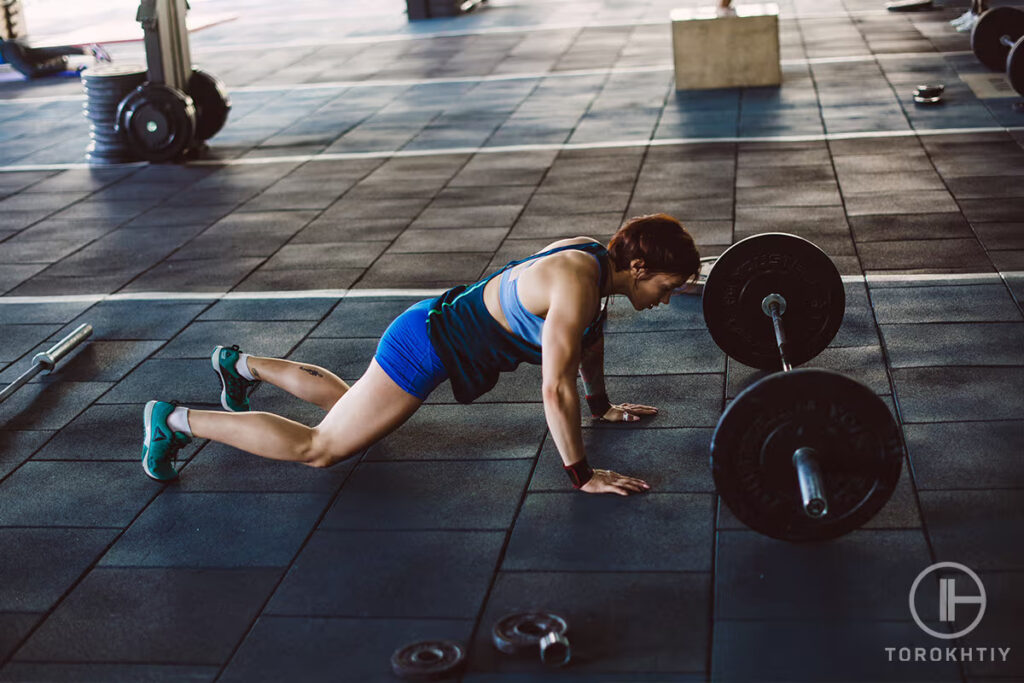
FAQ
How Many Different Types of Barbell Are There?
There are several different types of barbell that vary in construction, features, and suitable use. Barbells are usually classed according to type and level, with most gyms providing several options.
What Is the Strongest Barbell?
Due to the increased thickness and intended use, powerlifting bars usually feature the largest weight capacity out of the bar types I’ve discussed above.
What Barbell Do Gyms Use?
Most commercial gyms, private gyms, and fitness clubs will use Olympic barbells. This is because they will last longer, have a larger weight capacity, and allow higher-level lifters to practice for competition.
Summary – Different Types of Barbells
Multiple different types of barbells exist which differ in construction quality, dimensions, shape, and added features. This determines the more suitable use, with many specialty bars designed to help with mobility issues or isolate a target muscle more effectively.
The bars I’ve discussed above are just some of the different types of barbells available, with many more existing in the weightlifting world. When deciding which one to purchase, think about the exercises you need the bar for to figure out the best type for you.
Have you used the barbell types above? What do you think of them? Let me know below in the comments section!
Also Read:
- Olympic Weights vs Standard
- Kettlebell Buying Guide
- Barbell Buying Guide
- What Is An Ez Bar
- Safety Squat Bar Guide
- What Is A Trap Bar
- Types Of Weight Plates
References:
- Chris Duffin // Kabukistrength: https://kabukistrength.com/chris-duffin-bio/
- Pyrros Dimas // Wikipedia: https://en.m.wikipedia.org/wiki/Pyrros_Dimas
- 7 Different Types Of Weight Lifting Bars // Builtlean: https://www.builtlean.com/weight-lifting-bars/
- How To Increase Ankle Mobility For Squats: 13 Exercises // PowerliftingTechnique: https://powerliftingtechnique.com/ankle-mobility-for-squats/
Why Trust Us?
With over 20 years in Olympic weightlifting, strength training, nutrition coaching, and general fitness our team does its best to provide the audience with ultimate support and meet the needs and requirements of advanced athletes and professional lifters, as well as people who strive to open new opportunities and develop their physical capabilities with us.
By trusting the recommendations of our certified experts in coaching, nutrition, and sports training programming, as well as scientific consultants, and physiotherapists, we provide you with thorough, well-considered, and scientifically proven content. All the information given in the articles concerning workout programming, separate exercises, and athletic performance, in general, is based on verified data.
The product testing process is described in more detail here.
Author: Ihor Shymechko
Pro Olympic Weightlifter, Coach
Best Results: Snatch – 208 kg,
C&J – 240 kg
Ihor has been a professional weightlifter since 1996, boasting over two decades of competition experience. His notable achievements include clinching the European Championship in 2009 and securing a silver medal in the 105kg division at the Senior World Championships in 2011. Ihor represented his country in the 2008, 2012, and 2016 Summer Olympics. After retiring from competitive weightlifting, he transitioned to coaching, leveraging his vast experience to guide athletes who now compete on both national and international stages.



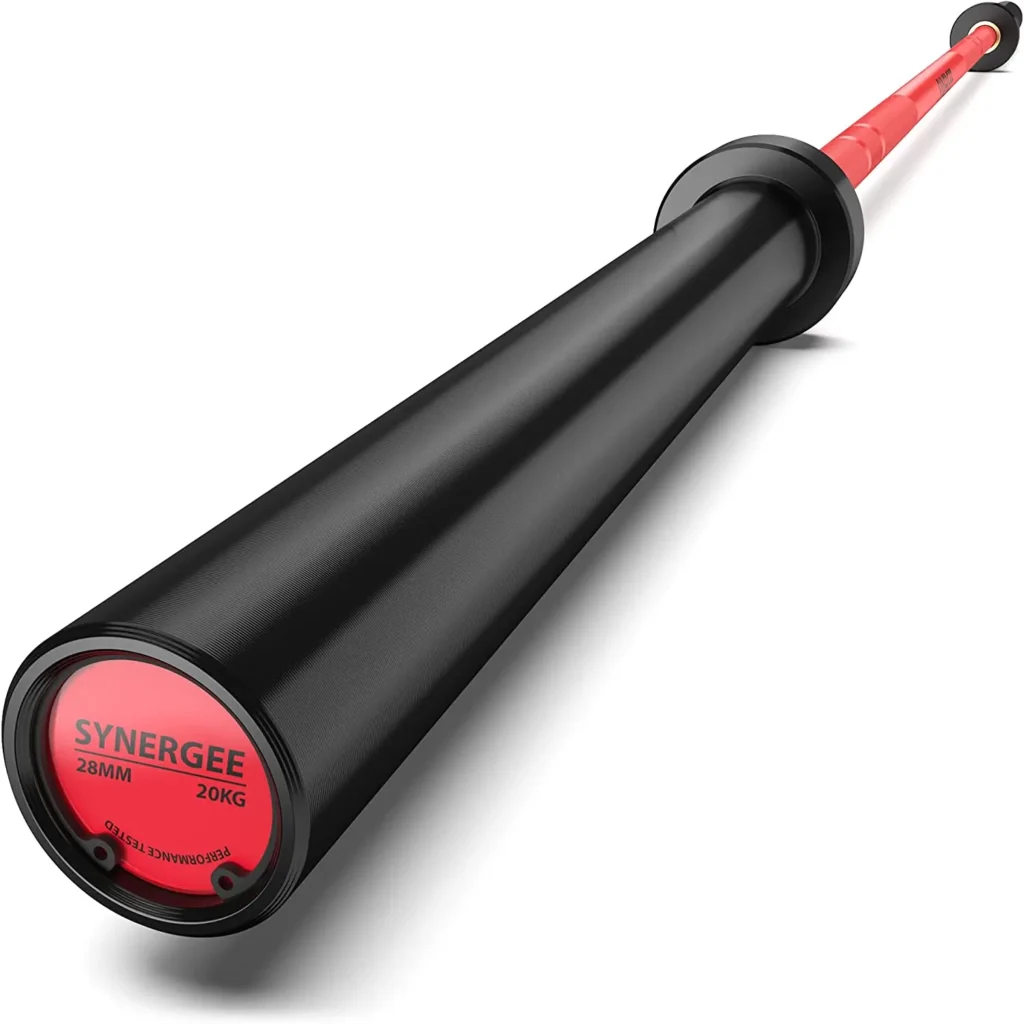
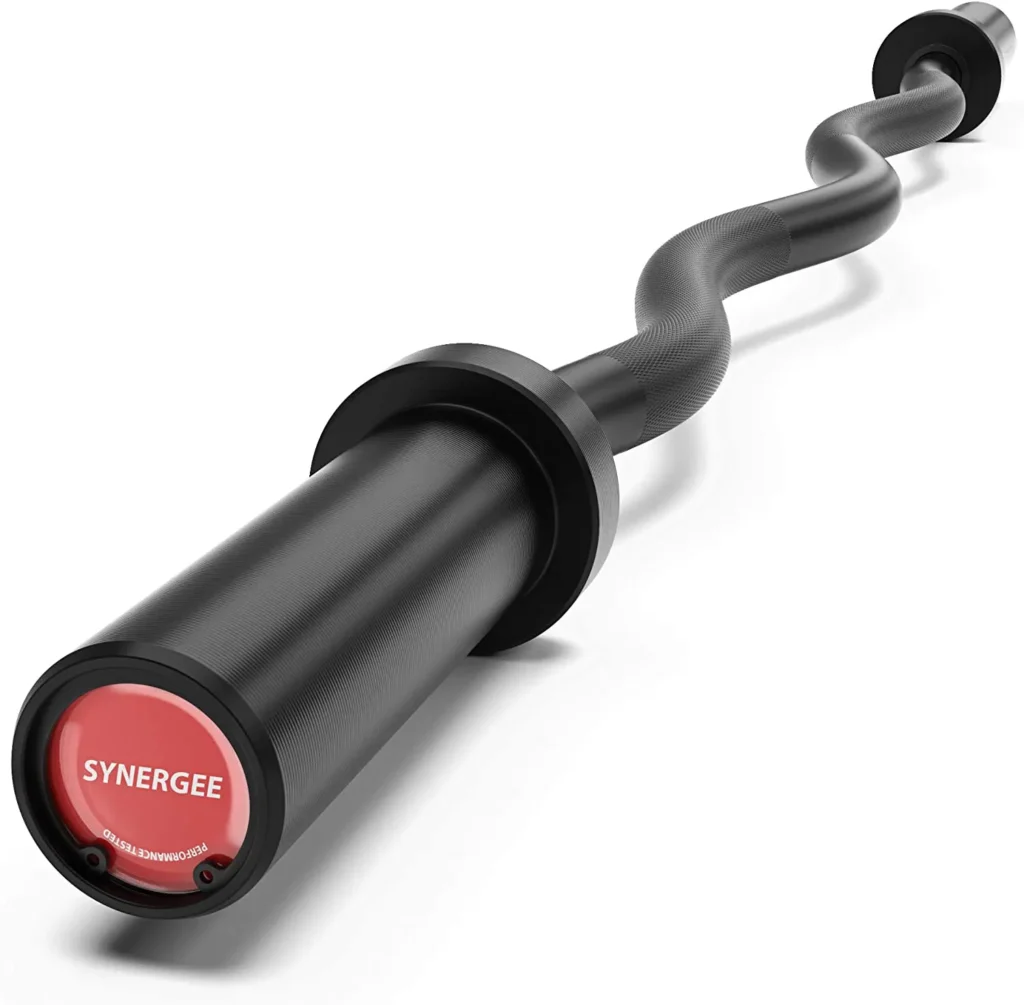
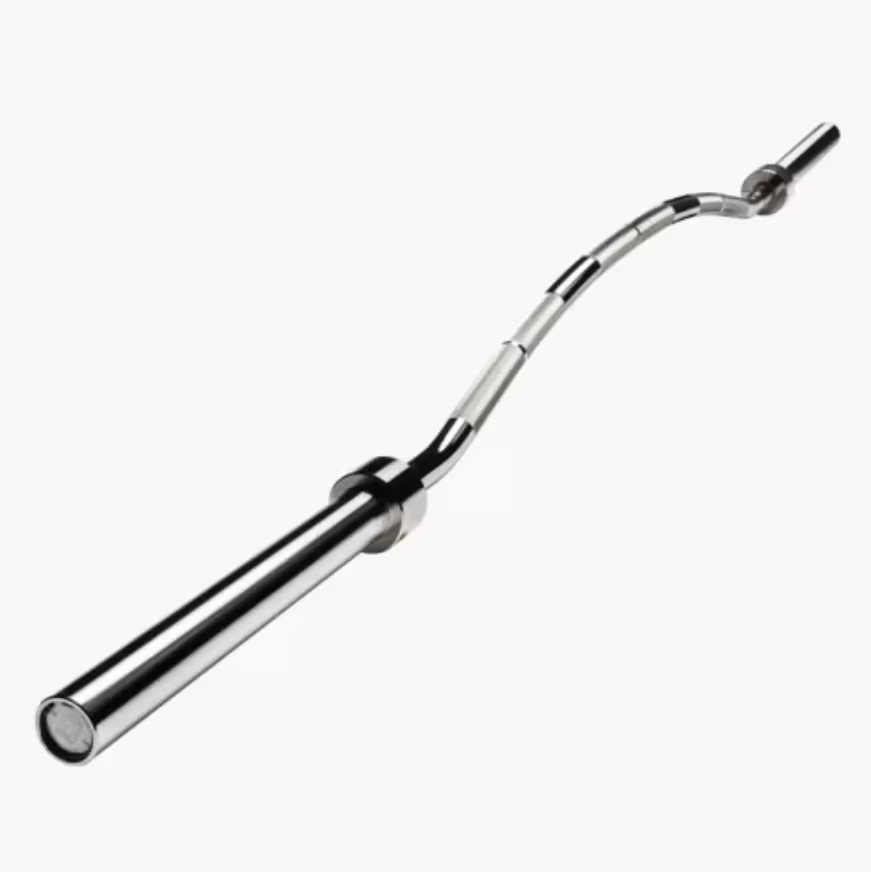
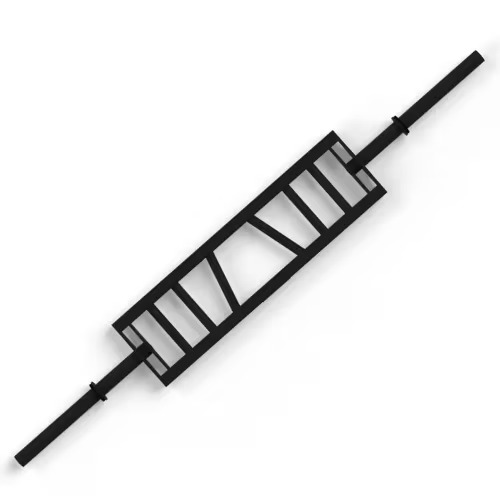
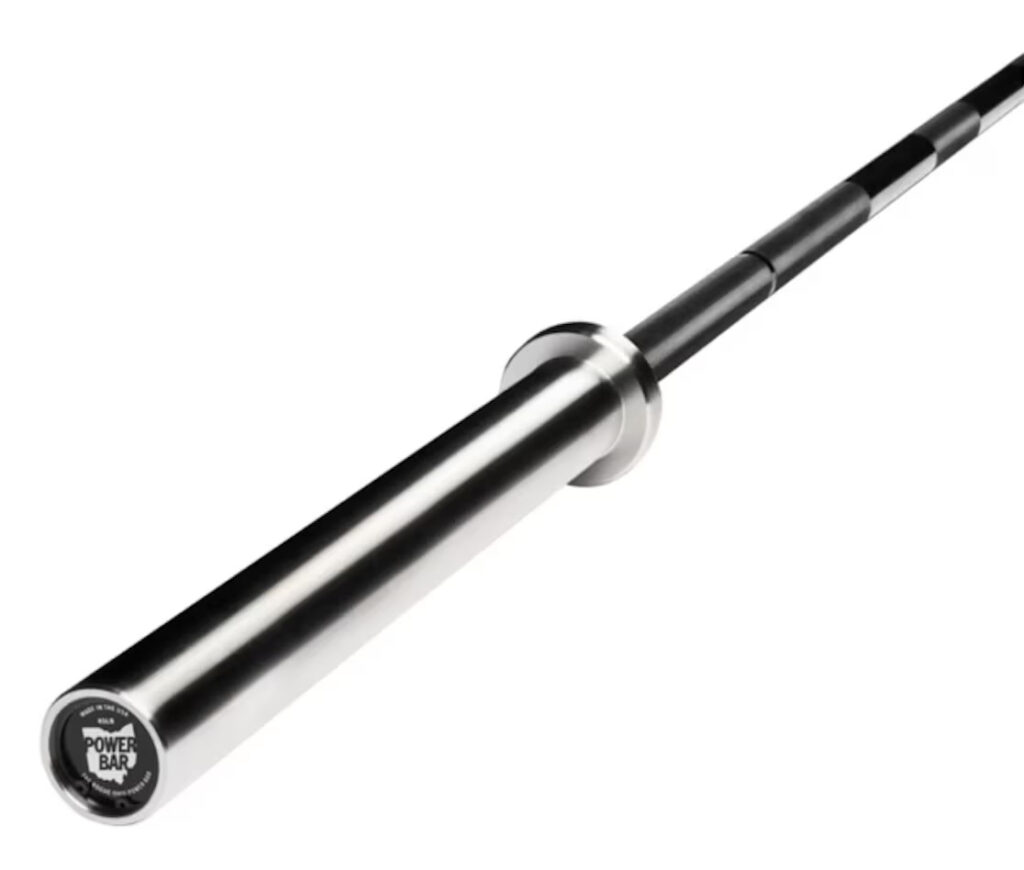
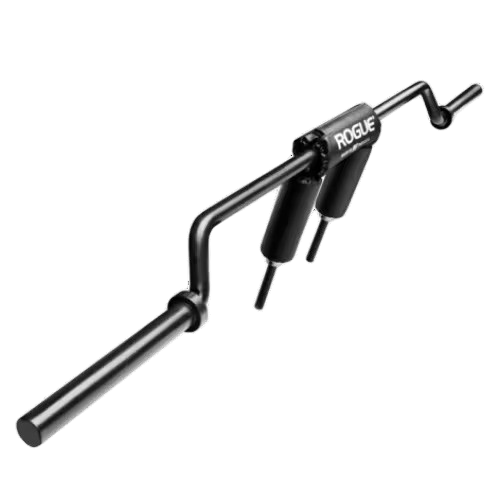
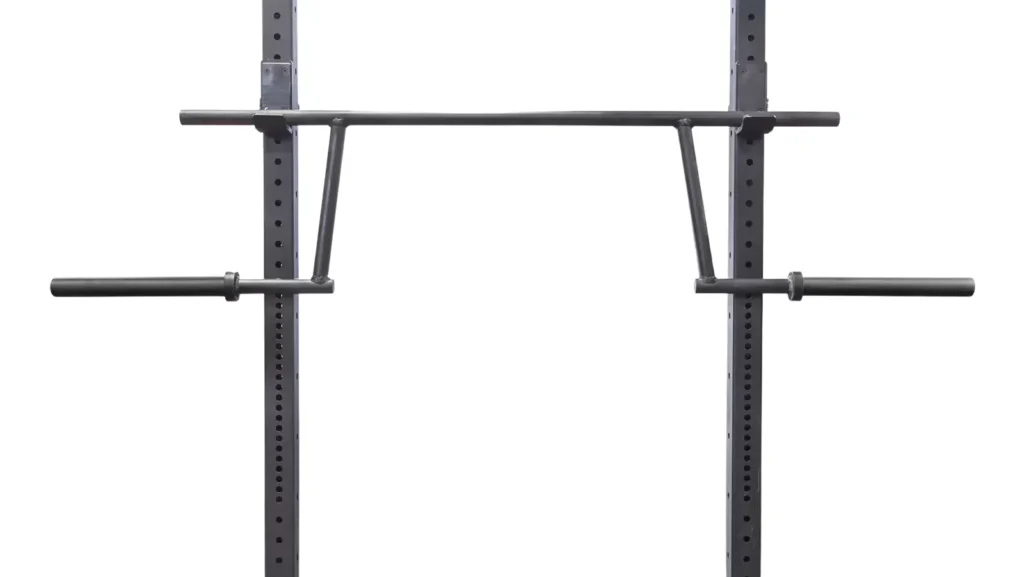
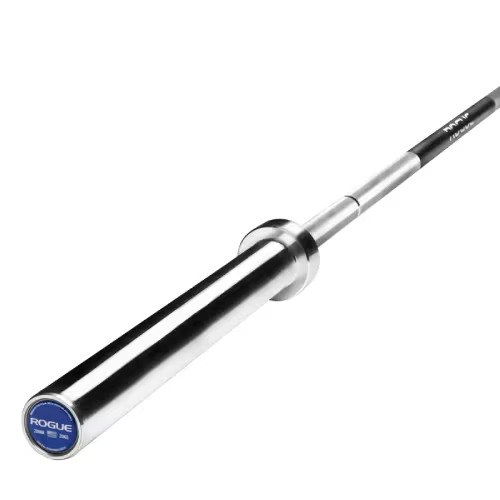
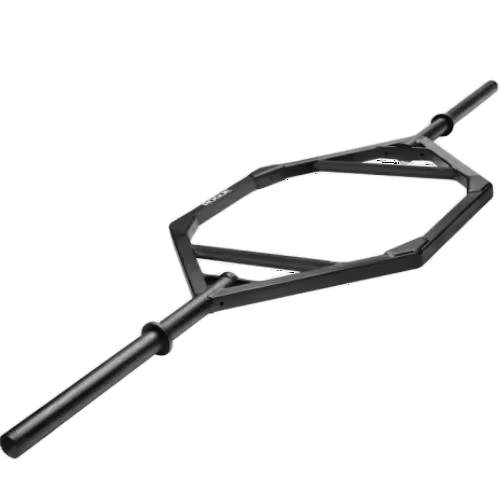
Still have questions after reading our article? Unlock your full potential by engaging with our experts and community! Don’t hesitate — leave a comment below and Ihor Shymechko will provide a personalized answer and insights to help you reach your goals.